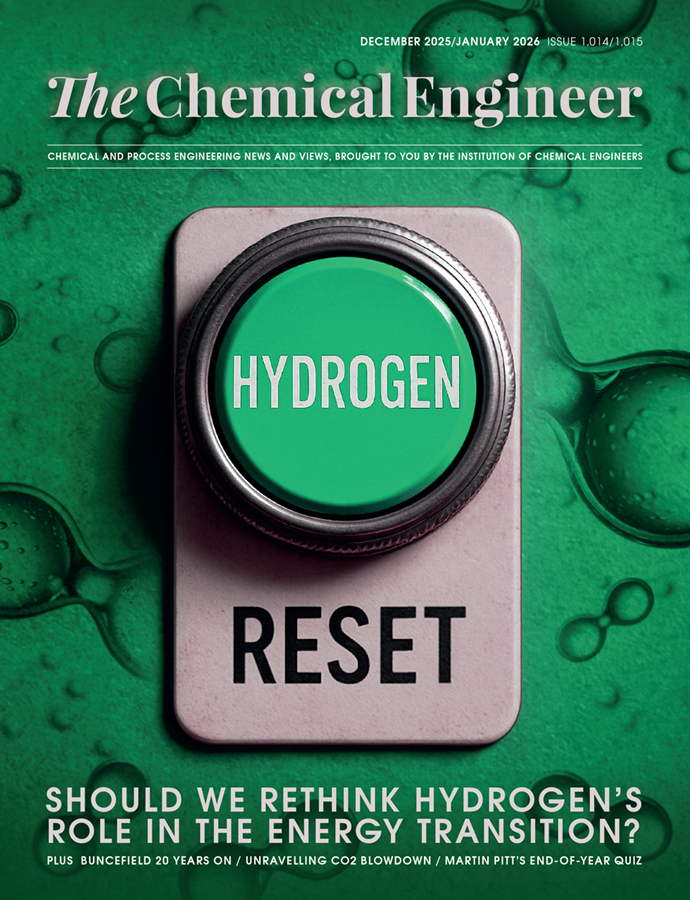Robot-built solar satellites poised to beam constant power from space

THE UK Atomic Energy Agency (UKAEA) has shown that remotely operated robots could build gigawatt-scale solar power satellites, marking a step towards “24/7 clean power”.
The UKAEA is working with cleantech firm Space Solar on its proof-of-concept AlbaTRUSS project to develop robotic technologies that can build space infrastructure without human intervention.
Space Solar is developing a solar-harvesting system that will include satellites, mirrors, and wireless power transmission.
The project, based at the UKAEA’s Culham Campus in Oxfordshire, used remotely operated dual-arm robotic manipulators to build the satellites, which are designed to be several kilometres long and around 20 metres wide.
Using remotely controlled robots could be more cost-effective and safer for astronauts as less human intervention would be needed in the assembling, maintaining and decommissioning process.
Sunlight is more than ten times as intense at the top of the atmosphere than at the Earth’s surface, and according to the European Space Agency, satellites could be used to capture this continuous source of solar energy. These satellites could operate at a range of orbits and deliver power to offshore infrastructure, which would then convert the solar energy into electricity.
Sam Adlen, co-CEO of the Space Solar, said: “Up in space, the sun shines 24/7. Once constructed, these satellites capture solar power and beam it back down to Earth in the form of microwaves, which can be received by antennas on the ground and converted into electricity for the grid.”
Robotic support
The AlbaTRUSS project is part of research taking place at the UKAEA’s Remote Applications in Challenging Environments (RACE) centre, which focuses on advancing robotic technologies that support fusion energy production.
Rob Buckingham, executive director of the UKAEA, said: “Building a machine as complicated as a fusion power plant on Earth, which will be entirely remotely operated, is similar to building structures in space.”
He added: “Working closely with people in adjacent fields is vital for UKAEA. By enabling new perspectives, it inspires our staff to think of different ways to solve challenges.”
Space Solar expects to commission its first 30 MW demonstrator system by 2029 and reach full gigawatt-scale capacity in the next decade.
Recent Editions
Catch up on the latest news, views and jobs from The Chemical Engineer. Below are the four latest issues. View a wider selection of the archive from within the Magazine section of this site.




